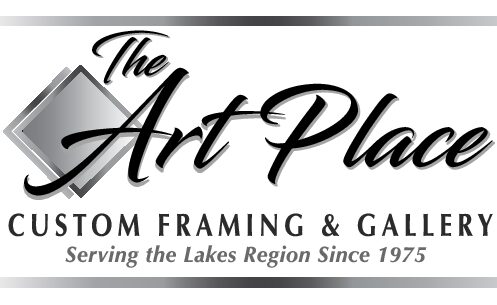Wall Groupings by Barbara Gibbs, CPF
At The Art Place, we often get asked about hanging a grouping of pictures. If your pictures are all the same shape and size it’s easy–just keep in mind the pictures as a unit, especially if they are going over a sofa or fireplace. If you are using a variety of picture sizes and shapes, my tip is to first arrange the layout on the floor–attempting to balance the arrangement taking into consideration color, design and weight. Next, make paper templates of the outside size and shape of your pictures to arrange a layout for the wall. Use easy release tape for placing the template to the wall. Step back and look from a distances as if you were entering the room for the first time. Also, sit on a chair or sofa so that you can visualize the grouping from that position as well. If you take a picture of your wall and get the wall measurements, we can help give you some ideas for the display. In the meantime, here are some other tips by Greg Perkins.
Tips for Creating Groupings in Your Own Home
by Greg Perkins, CPF
Original article from Frame Central

- Wall grouping are a fashionable look in home decor today. Groupings of framed art, photos, or objects provide a great way to personalize a home. There are no rules for what you can group together or how it should be displayed. However, There are some guidelines and tips that will help your groupings be more dynamic
- If you are going to hang a matched set of art, the grouping typically is hung in a structured fashion. For example, if you have nine pieces that are framed identically, you might hang them in three rows of three with identical spacing between each one.
- Sometimes sets of art have very different colors in each piece of art. If so, try designing with different colors of the same moulding profile.
- When framing a mix of art, avoid too many differences with careful planning. One method is to choose just one or two moulding finishes in various styles and widths. Another idea is to use one collection of moulding to maintain a style, but choose various finishes and widths.
- When grouping a mixture of pieces, it is customary to hang them more randomly. It also adds interest when the frames vary in size, color and style. Rather than lining up all of the edges, allow some pieces to protrude beyond others.
- Add dimension to your groupings by choosing mouldings or varying depths. When some frames project from the wall more than others, it can look more interesting.
- You can create unity for mixed pieces when you want to. For example, if you are framing several pieces that are just slightly different in size, adjust the mat borders so the frames can be identical.
- If you have high ceilings, consider grouping the pieces up the wall rather than across it to relate to the vertical space in the room.
- You may want to use slightly narrower mat borders and moulding widths for a grouping than you would choose for any of the same picture if they were going to hang individually. When placed side by side, all of the borders can be overwhelming.

- When hanging framed art over furniture, add interest to the grouping by setting a piece or two on the top of the furniture so it leans against the wall rather than being hung on it. This adds dimensions to the overall display.
- When grouping are displayed over a piece of furniture, try to hang the lower pieces no more than six inches off the top of the furniture to create unity between the art and furniture.
- Break down the old barriers. Today it is OK to hang art anywhere from the floor to ceiling. For example, a grouping can wrap around a piece of furniture so framed art is hanging over it, but also down the wall beside it.
